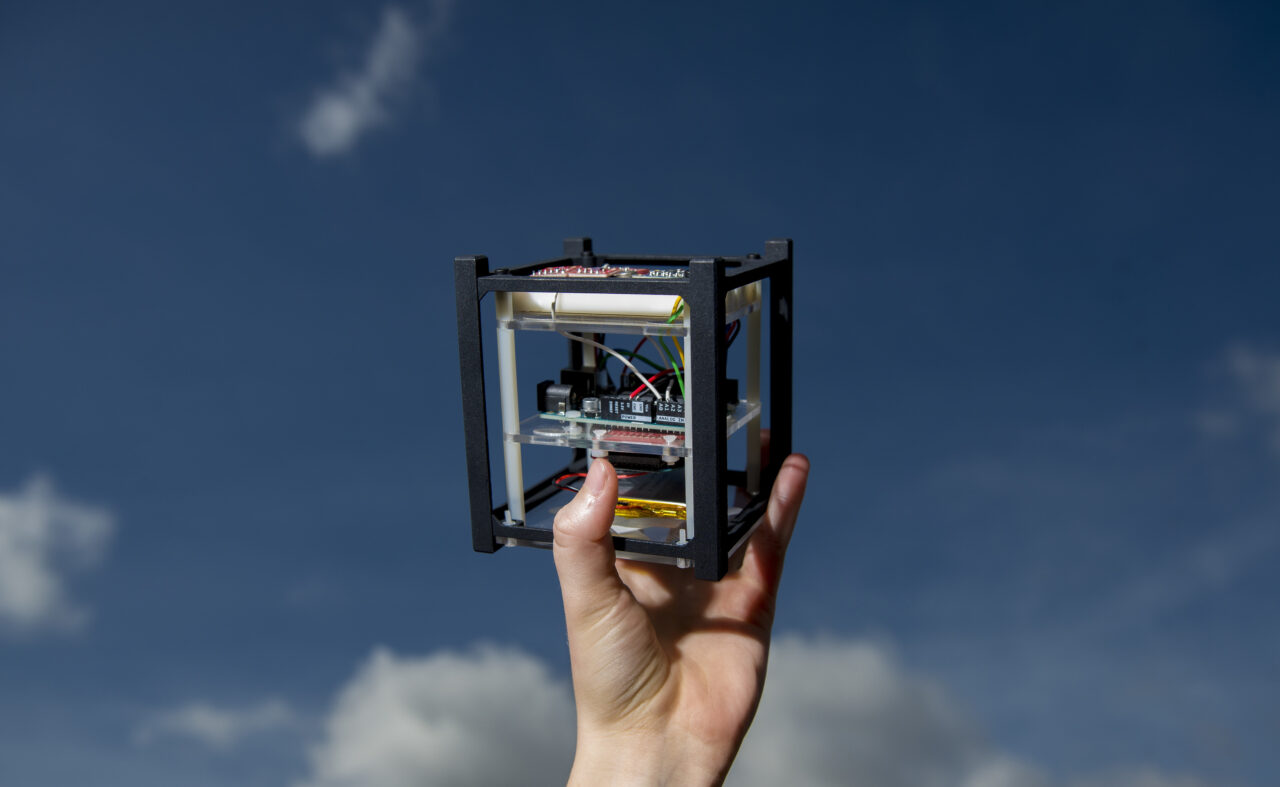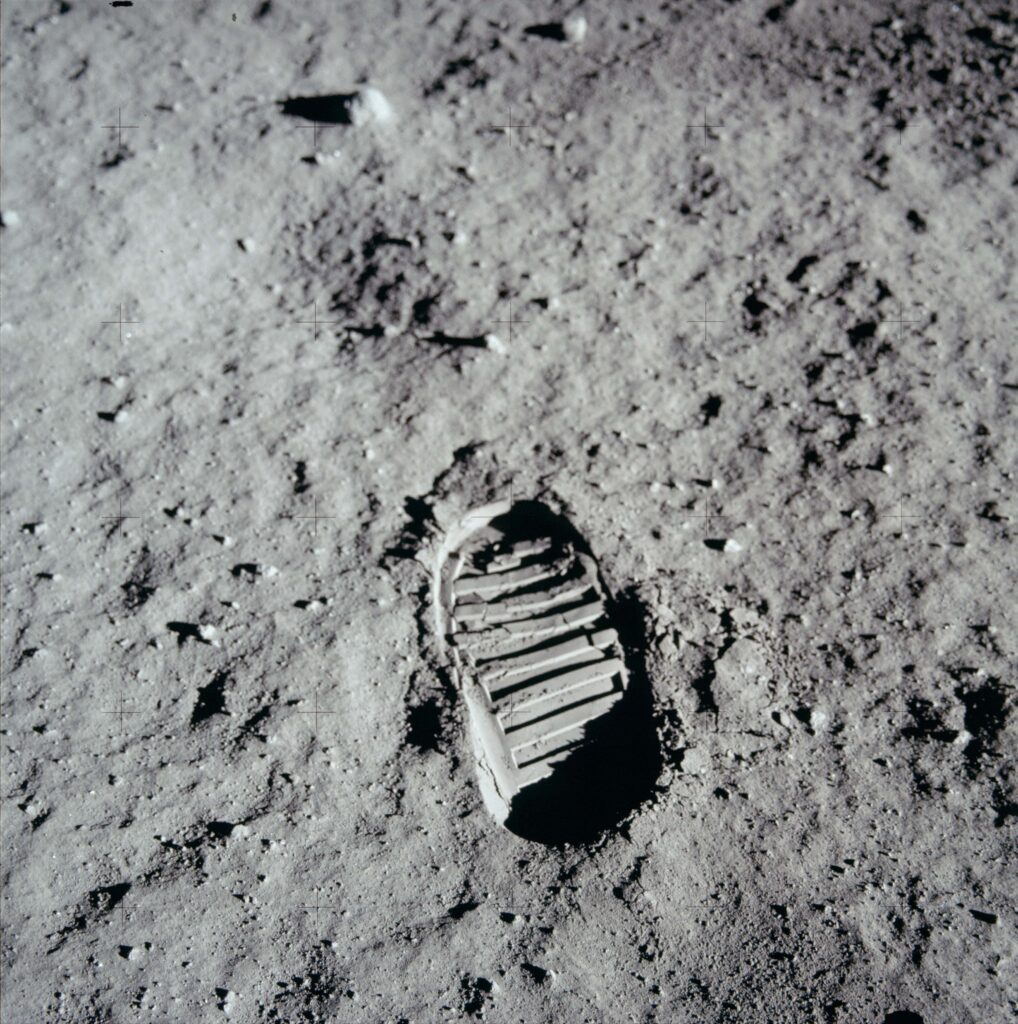
Paul’s home, where I interviewed him in 2022, is a testament to decades spent working with communications infrastructure. In one room sits a homemade command center: Six monitors show live satellite feeds picked up by antennae on the roof. A few days before I visited, this rig was used to host a conversation between school children in France and researchers at an outpost for environmental monitoring on Crozet Island in the southern Indian Ocean. Paul handled the relay connection. Pointing to equipment around the room and pulling up programs on screen, he explained to me how he relayed the exchange through a Qatari communications satellite equipped with a special transponder for radio amateurs. He described the process precisely, in the technical language of an engineer.
Starting in 2018, Paul donated these same specialized skills to help Mauritius make its first foray into space with a small satellite called MIRSAT-1.
The story of MIRSAT-1 is emblematic of the motley collection of actors drawn into some space operations. Listing each participant creates a jumble of acronyms: The project began with the KiboCUBE program, a joint effort by the United Nations Office for Outer Space Affairs (UNOOSA) and the Japan Aerospace Exploration Agency (JAXA). This program, which continues into today, helps countries develop space exploration capacity by providing the opportunity to build and launch CubeSats—small, functional satellites that weigh about 2 kilograms—from the International Space Station. Previous participants include Kenya and Guatemala. The Mauritius Research and Innovation Council (MRIC), a state-funded agency tasked with coordinating technology-intensive programs, applied to participate in 2018 in partnership with the Mauritius Amateur Radio Society. Their application was successful.
Over the next year, MRIC worked with AAC Clyde Space, a Scottish manufacturer, to build and test a CubeSat. With Paul’s encouragement and knowledge, MARS members were able to provide necessary assistance with technical matters and outreach efforts. They drew on extensive expertise with telemetry, the process of exchanging data between satellites and Earth. With this, they were able to install and calibrate a much-needed communications antenna and help secure licenses with the United Nation’s International Telecommunication Union (ITU) and the International Amateur Radio Union (IARU).
Finally, on June 22, 2021, this diverse assortment of collaborators—volunteers, state employees, commercial space entrepreneurs, local politicians, and international bureaucrats—watched as the first Mauritian satellite departed the ISS to orbit Earth.
✽
Elsewhere around the world, in the various countries I’ve visited as part of my research, when I tell people I study the current space age, most picture a few big companies like SpaceX and Blue Origin. They imagine billionaires such as Elon Musk and Jeff Bezos on rocket-powered joyrides, leading a projected future where space activity expands and fortunes are made back on Earth.
In Mauritius, it’s no different. When I spoke to people around the island soon after MIRSAT’s launch—in shops, at cookouts, and at public stargazing events—the news was usually eclipsed by more spectacular operations. For many, the future of space remains a story of private, wealthy actors anchored in traditionally spacefaring nations like the United States.
Yet people intimately involved in the space industry, like Paul, recognize that the space economy is a global phenomenon. The assumed divisions between private and public—with commercial space ventures on one side and state-sponsored space programs on the other—are quite blurred, depending on local contingencies. Profit, while never completely forgotten, isn’t the sole motive across every venture either.







